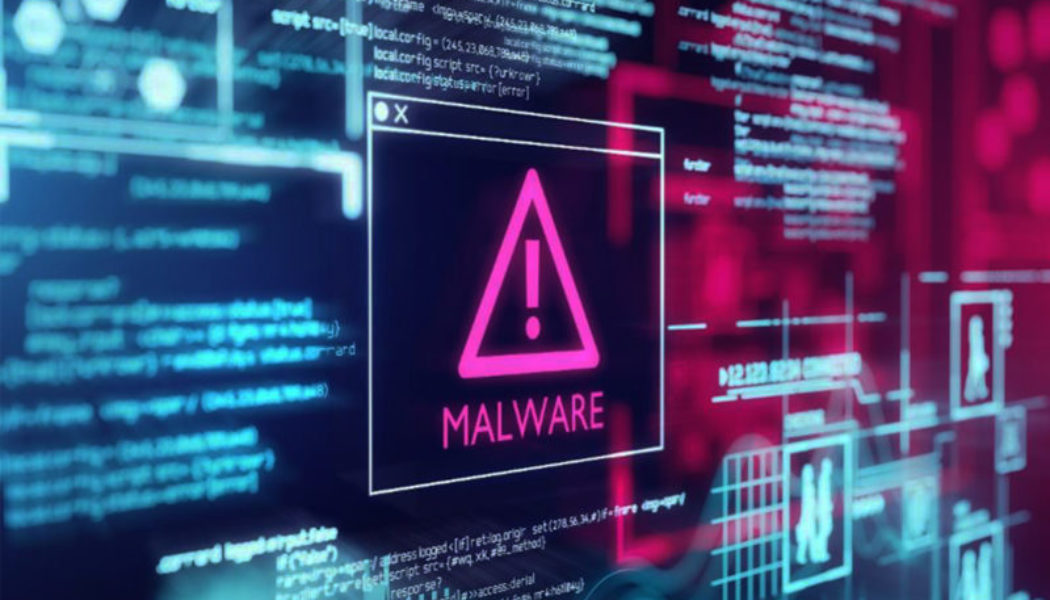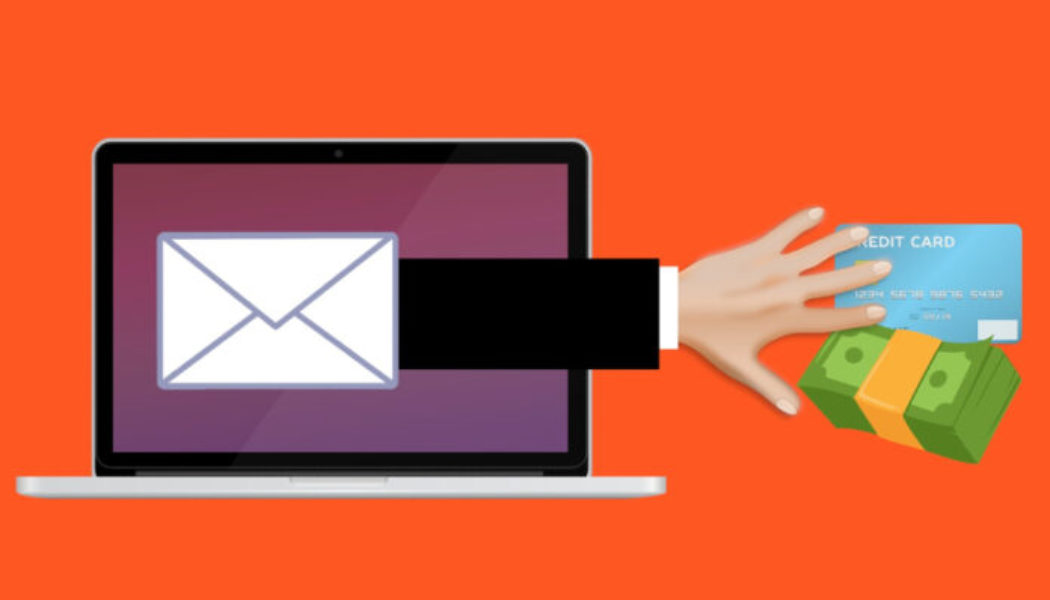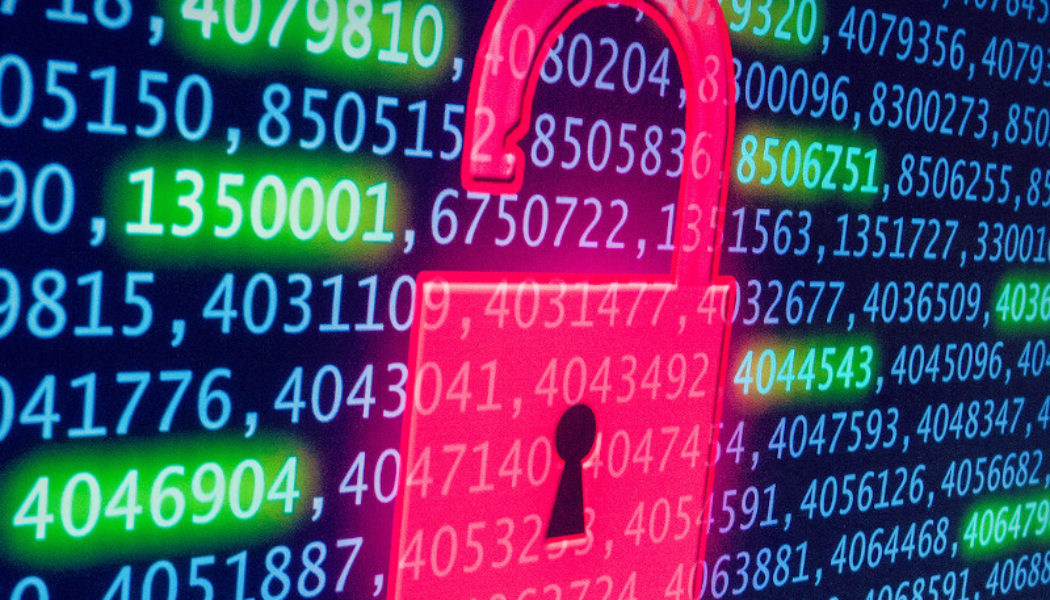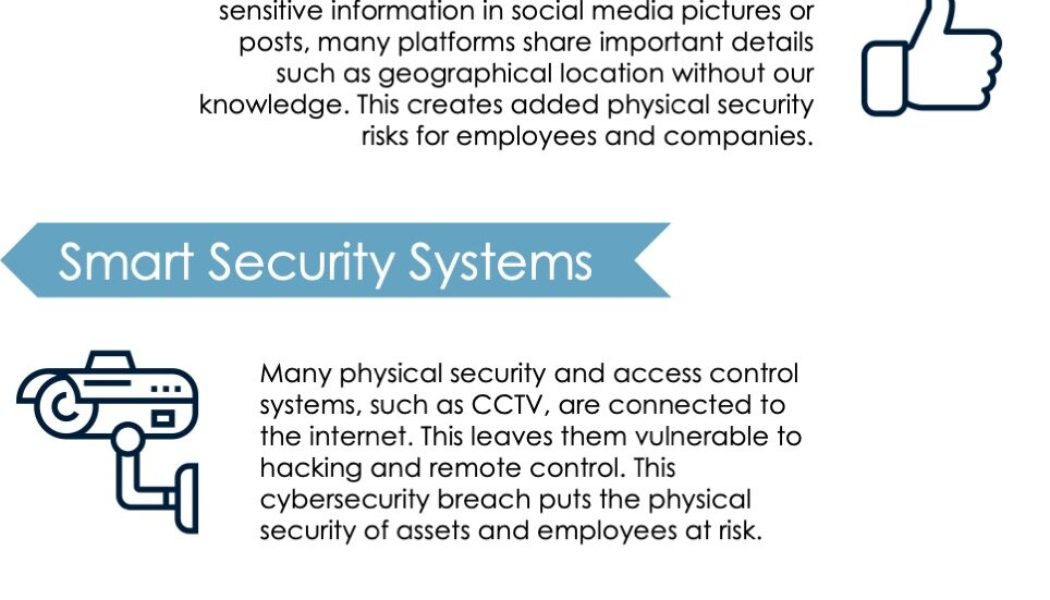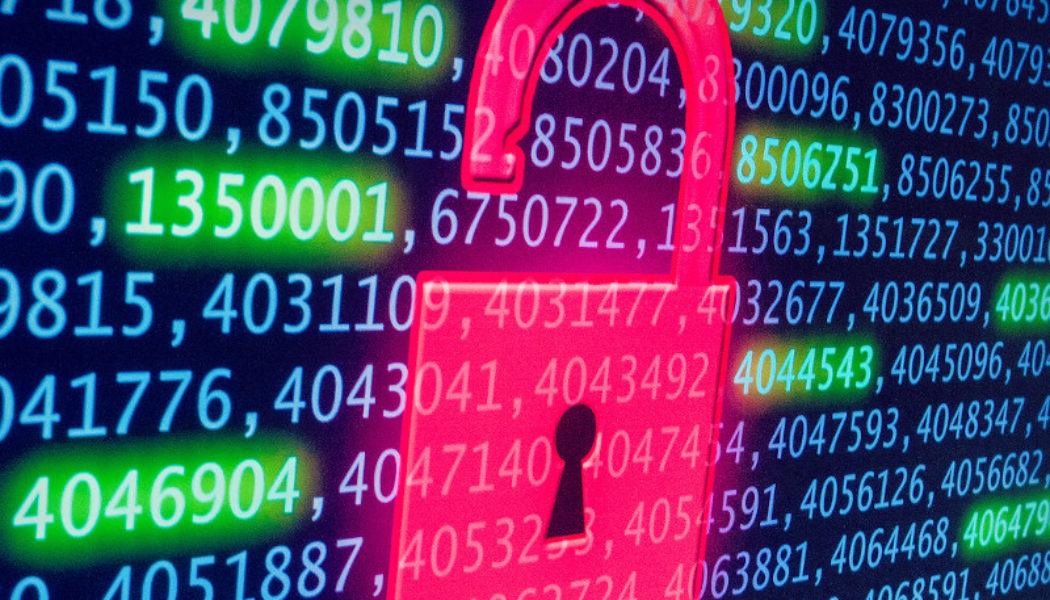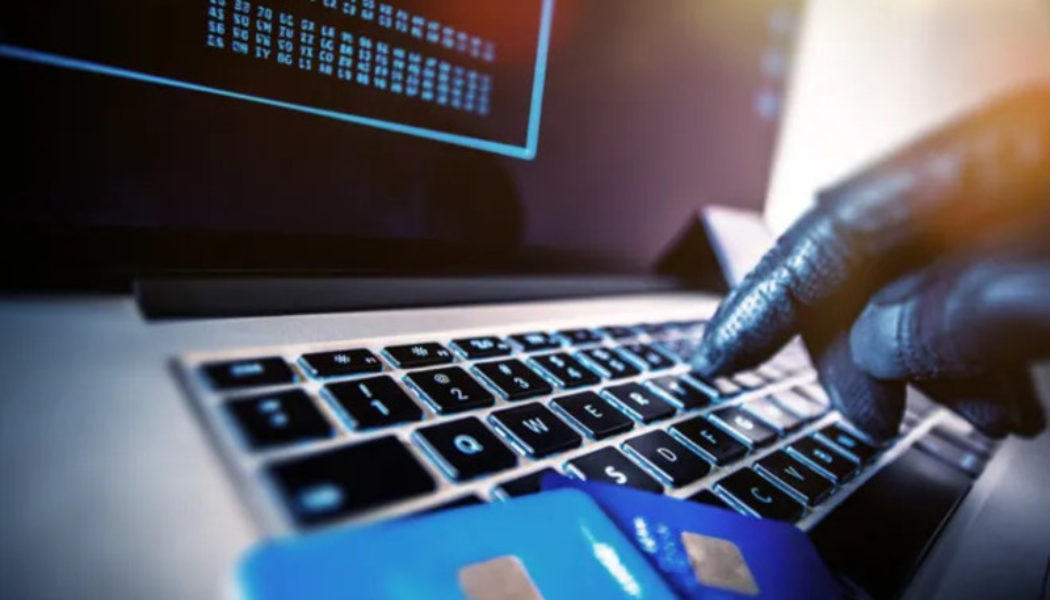cybercriminals
How a Data Breach Can Impact a Business Even Years After
Image sourced from Forbes. Modern enterprises face an onslaught of cyberattacks from many quarters and must not only be prepared to contend with the direct costs of potential breaches but also with spiralling indirect costs, such as compliance fines and reputational damage. As the threat landscape continues to evolve, so do the frequency and sophistication of attacks, with companies facing anything from denial of service attacks and phishing attempts to payment card skimming, identity theft, and account takeover threats. At the same time, ransomware attacks have gained prominence over the last few years, forcing companies to continually test their data protection plans to understand the risks associated with having sensitive data released to the public. In its State of Ransomware 2021 repo...
How Robots Can Take Up the Cybersecurity Fight
We use cookies on our website to give you the most relevant experience by remembering your preferences and repeat visits. By clicking “Accept All”, you consent to the use of ALL the cookies. However, you may visit “Cookie Settings” to provide a controlled consent.
Implementing Security Best Practices to Maintain Integrity at the Edge
Industry 4.0, IIoT, and smart manufacturing are all buzzwords that we’ve been talking about for years. Many of us have had visions of factory floors run by futuristic robots and drones reminiscent of SciFi movies like iRobot. Well, it seems that life is indeed starting to imitate art; a 2021 McKinsey & Company survey concluded that many global manufacturing companies were able to keep their operations running during the pandemic, thanks to Industry 4.0. Furthermore, more than half of the respondents indicated that technology played a fundamental role in staying operational. Moreover, according to recent studies, the COVID-19 pandemic has vaulted us five years forward in digital business adoption. More and more manufacturers are considering actively adopting “lights out” factories and s...
Update Your Security Strategy Based on Key Information Learned About Threat Actors, Advises Netskope
The reality of the cyber threats posed today is that many threat actors are not rogue operators acting on their own but are, instead, working as part of sophisticated and organised groups, collaborating with other groups within a wider ecosystem of specialists. These groups build significant financial resources over time, derived from the proceeds of commercially-driven attacks, or gathered as payment from states sponsoring or directly commissioning their activities. This is according to Yaroslav Rosomakho, Field CTO of Netskope, a global cybersecurity leader which is redefining cloud, data, and network security to help organisations apply Zero Trust principles to protect data. He explains: “Threat actors use these resources to improve their subsequent attacks, paying for infrastructure or...
How to Stop the Costliest Internet Scams
Image sourced from isnews.stir.ac.uk According to Steve Flynn, Sales and Marketing Director at ESET Southern Africa, it’s long past time organisations get a handle on business email compromise scams which generated more losses for victims in 2021 than any other type of cybercrime. While ransomware, hacking, API hacks, and all the other cybersecurity threats make headlines, it’s worth remembering that the costliest internet scam is still business email compromises, according to the latest FBI Internet Crime Report. Among the complaints received by the FBI in 2021, ransomware, business e-mail compromise (BEC) schemes, and the criminal use of cryptocurrency are among the top incidents reported. Technology-based systems are under attack, and they cost organisations around the world billions in...
Lacking Visibility: today’s biggest cybersecurity threat (and how to fix it)
Do you know the condition of your cybersecurity estate right now? Most companies have a tenuous grasp on whether their cybersecurity products and services are working as expected. What is the status of your patching? Are the security services delivering what you pay for? Do you know what the gaps and blind spots are in your security coverage? Above all, how long does it take for you to learn those answers? Days? Weeks? Creating accurate security reports takes time because you rely on numerous independent and uncoordinated vendor products with individual agents and data standards. Information often has to be manually compiled and harmonised into a single report. Time and insight are precious commodities for cybersecurity. Information from last week is not very useful to your current threats...
How to Secure Your Remote Work Environment from Cybersecurity Threats
Sourced from International IDEA Cybersecurity threats are at an all-time high. With organizations increasingly employing hybrid work models, it has become more vital than ever to educate employees on the various cybersecurity risks that come with a distributed work environment. In a hybrid work environment, employees working from home pose a greater security risk compared to those working at the office. Home networks are less secured than corporate networks, unprotected by in-office firewalls and advanced fraud detection systems. In the comfort of one’s home, a small mistake by an employee could potentially risk the company’s confidential data being leaked. However, risks like data leaks and device compromise can be managed by following certain best practices. Here are some of the practice...
How to Protect Yourself from Gift Card Scams This Holiday Season
Image sourced from NorthJersey.com This holiday season checking off that gift list will look a little different than in past years. Many shoppers are planning to rely on e-commerce for a significant amount of their holiday shopping. Digital gift card sales are also likely to increase. However, given the spike in digital activity predicted over the holidays, cybercriminals, too, will be making their lists and checking them twice. It’s a particularly risky time of the year as shoppers of all ages (including some with less experience recognising digital threats) flock to search engines and online channels to place orders before holiday delivery date cutoffs. And opportunistic hackers know just how to create enticing, seasonally-appropriate lures—and even some of the simplest scams c...


